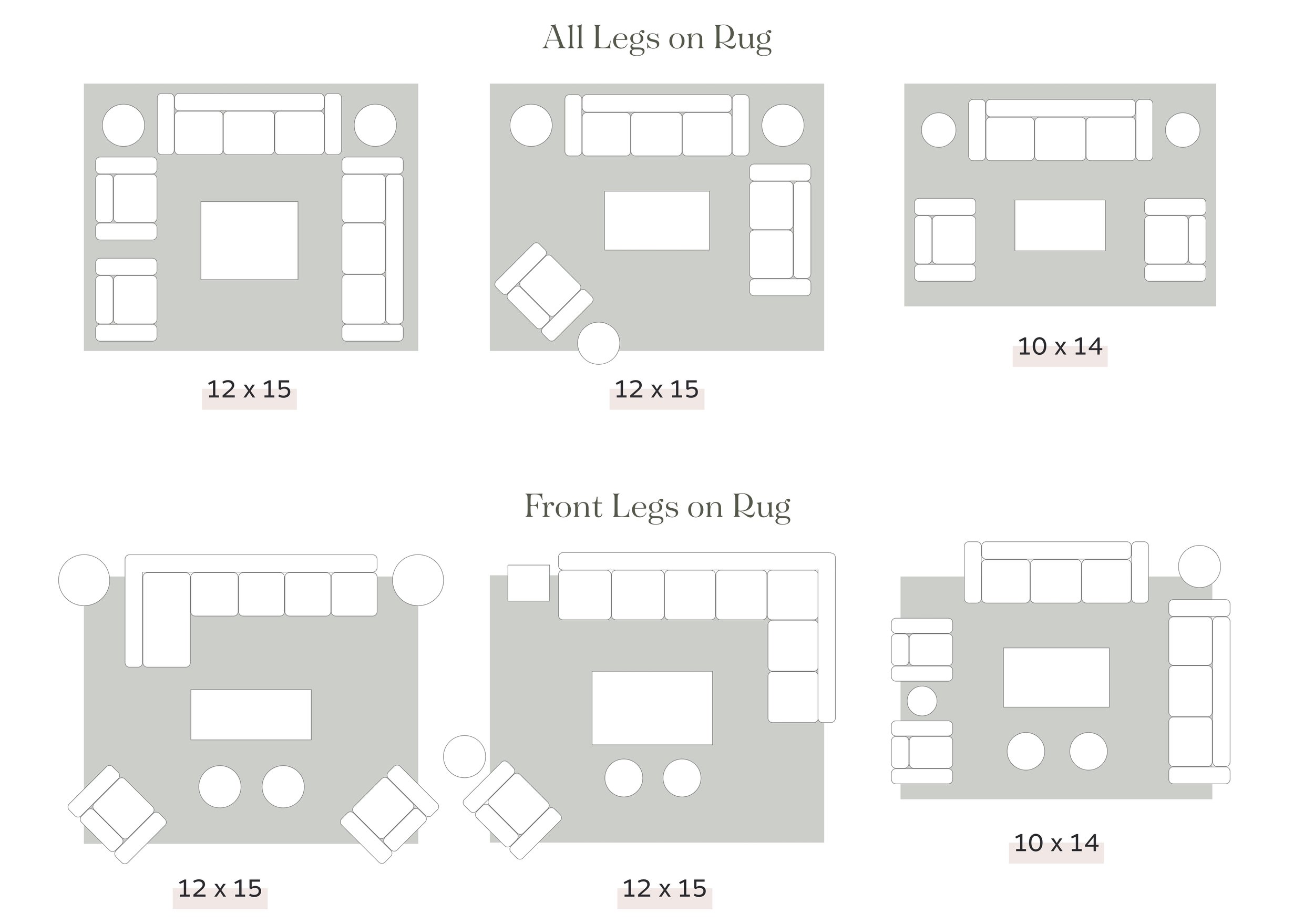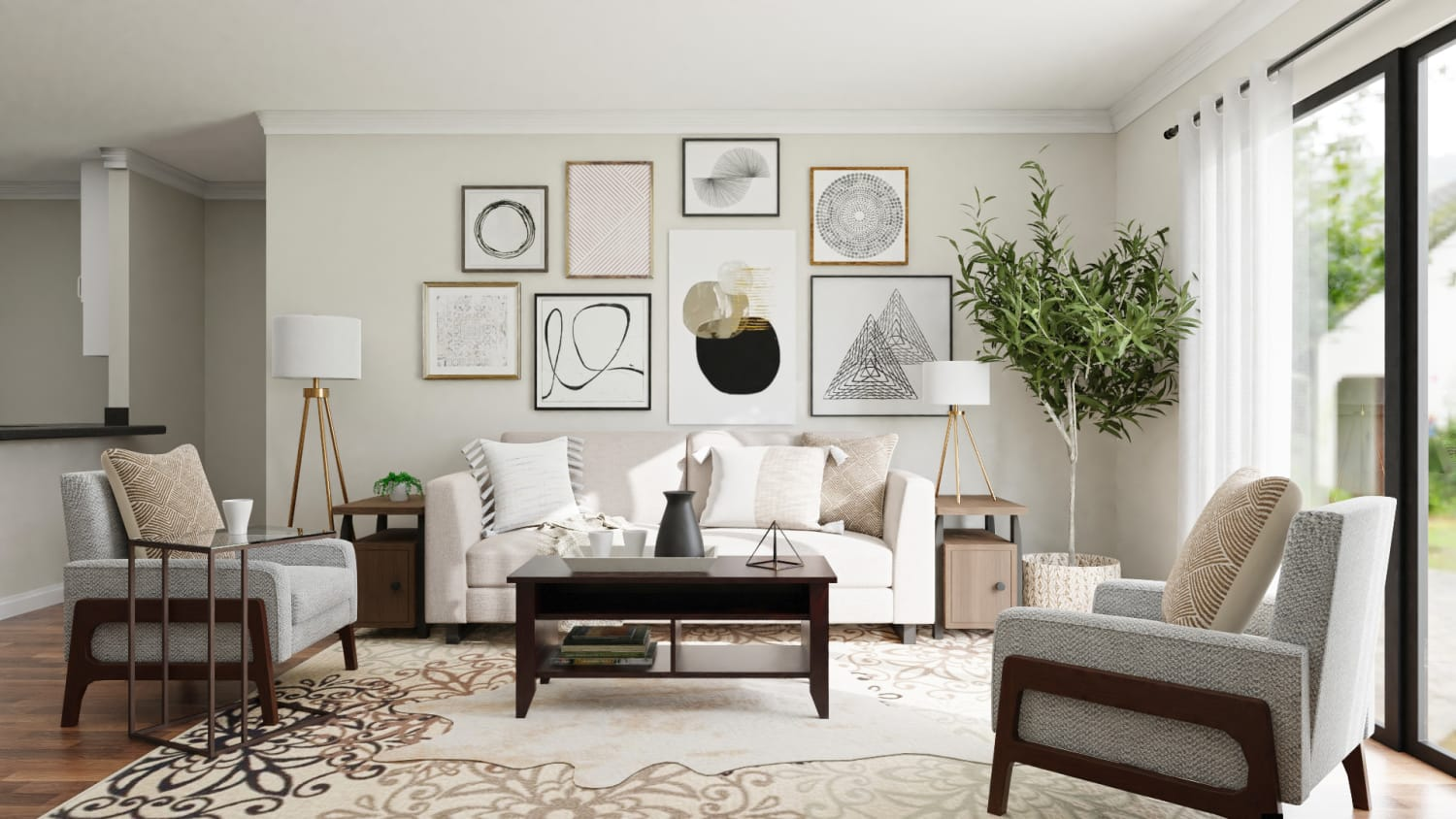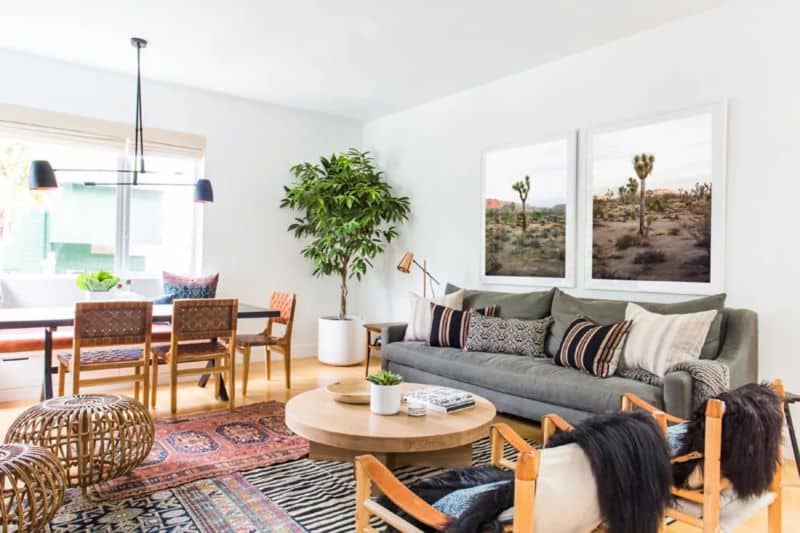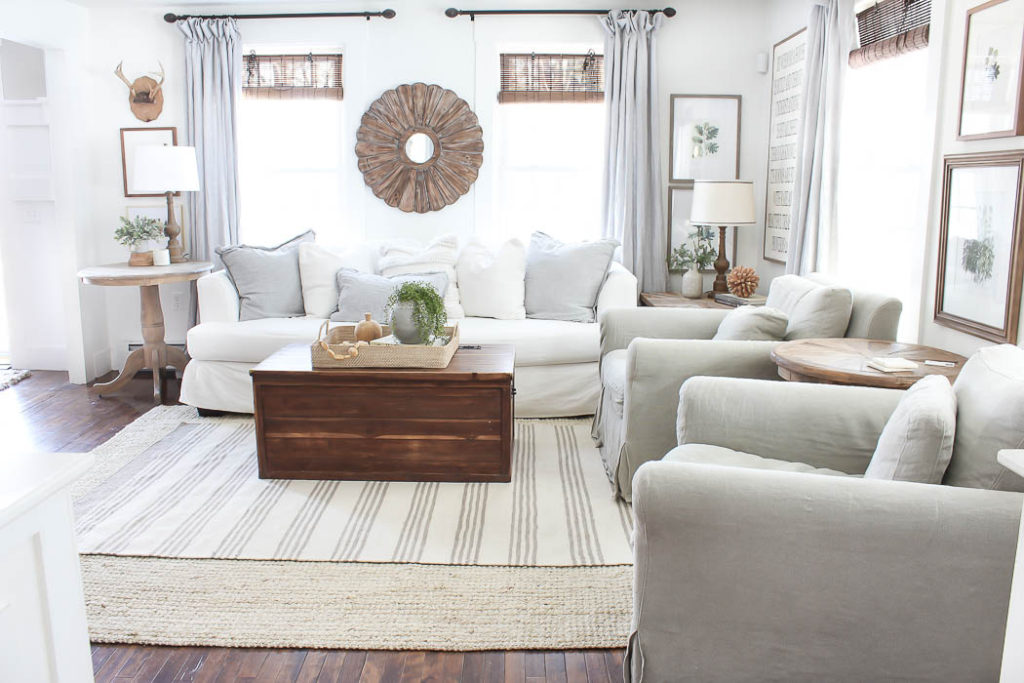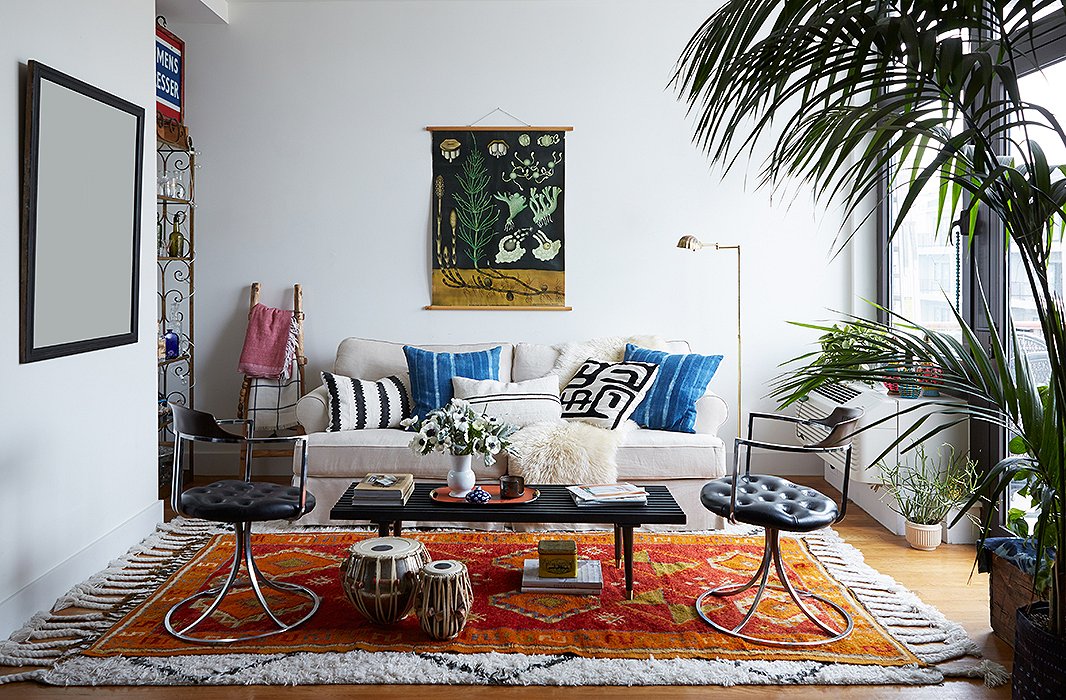Overlapping Rugs Living Room Ideas
Using multiple rugs in a living room can add a unique and cozy touch to the space. However, overlapping rugs takes this design element to the next level. By layering rugs on top of each other, you can create a dynamic and visually appealing look that will make your living room stand out. Here are 10 ideas for incorporating overlapping rugs in your living room.
How to Layer Rugs in a Living Room
The key to successfully layering rugs in a living room is to create a sense of cohesion and balance. Start by choosing a larger rug as the base, preferably a neutral or solid-colored one. Then, add a smaller rug on top, making sure it complements the base rug in terms of color and style. You can also play with different textures and patterns for a more interesting look.
Best Rugs for Layering in a Living Room
When it comes to layering rugs, your options are endless. However, some types of rugs work better than others for this design technique. For example, flatweave or low-pile rugs are ideal for layering as they won't create too much bulk. You can also mix and match different materials, such as a jute rug as the base and a plush wool rug on top for added texture.
Layered Rug Designs for Living Rooms
There are many ways to layer rugs in a living room, and the design you choose will depend on the overall style of your space. For a bohemian look, you can mix and match different colors and patterns, while for a more minimalist style, stick to neutral tones and simple patterns. You can also experiment with different shapes, such as layering a round rug on top of a rectangular one.
Overlapping Rug Placement in a Living Room
The placement of overlapping rugs is crucial in achieving a cohesive look. Make sure the edges of both rugs are aligned and that there is a visible border of the base rug around the smaller one. You can also play with the placement by layering the smaller rug diagonally or placing it off-center for a more dynamic look.
Tips for Styling Overlapping Rugs in a Living Room
When layering rugs, it's important to keep a few things in mind to ensure a successful and visually appealing result. First, make sure the rugs are not too similar in color and pattern, or else they will blend together and lose their individuality. Also, consider the size of the room and the furniture placement when choosing the size and shape of the rugs. And lastly, don't be afraid to mix and match different styles for a unique and personalized look.
Layering Rugs to Create Depth in a Living Room
By layering rugs, you can add depth and dimension to your living room. This is especially useful in smaller spaces, as it creates the illusion of a larger area. You can achieve this by layering rugs of different sizes and textures, or by using a rug with a bold pattern as the base and a more subtle one on top.
Overlapping Rug Patterns for a Cozy Living Room
Rugs with intricate patterns and textures are perfect for layering and creating a cozy atmosphere in a living room. You can mix and match patterns, such as a tribal print rug on top of a striped one, or choose rugs with similar patterns but different colors for a more cohesive look. Just make sure the patterns complement each other and don't clash.
How to Choose the Right Size Rugs for Overlapping in a Living Room
Choosing the right size rugs for overlapping is essential to avoid a cluttered and disorganized look. As a general rule, the smaller rug should be about 2-3 feet smaller than the base rug, both in length and width. This will create a visible border and ensure the rugs don't overlap too much. Also, consider the size of your furniture and leave enough space for it to sit comfortably on the rugs.
Layering Rugs to Define Spaces in a Living Room
Another great way to use overlapping rugs in a living room is to define different areas and create a sense of purpose for each one. For example, you can place a smaller rug under a coffee table to create a cozy seating area, or layer a rug under a desk to define a workspace. This is especially useful in open-concept living spaces where you want to create distinct areas without using walls.
Enhance Your Living Room with Overlapping Rugs
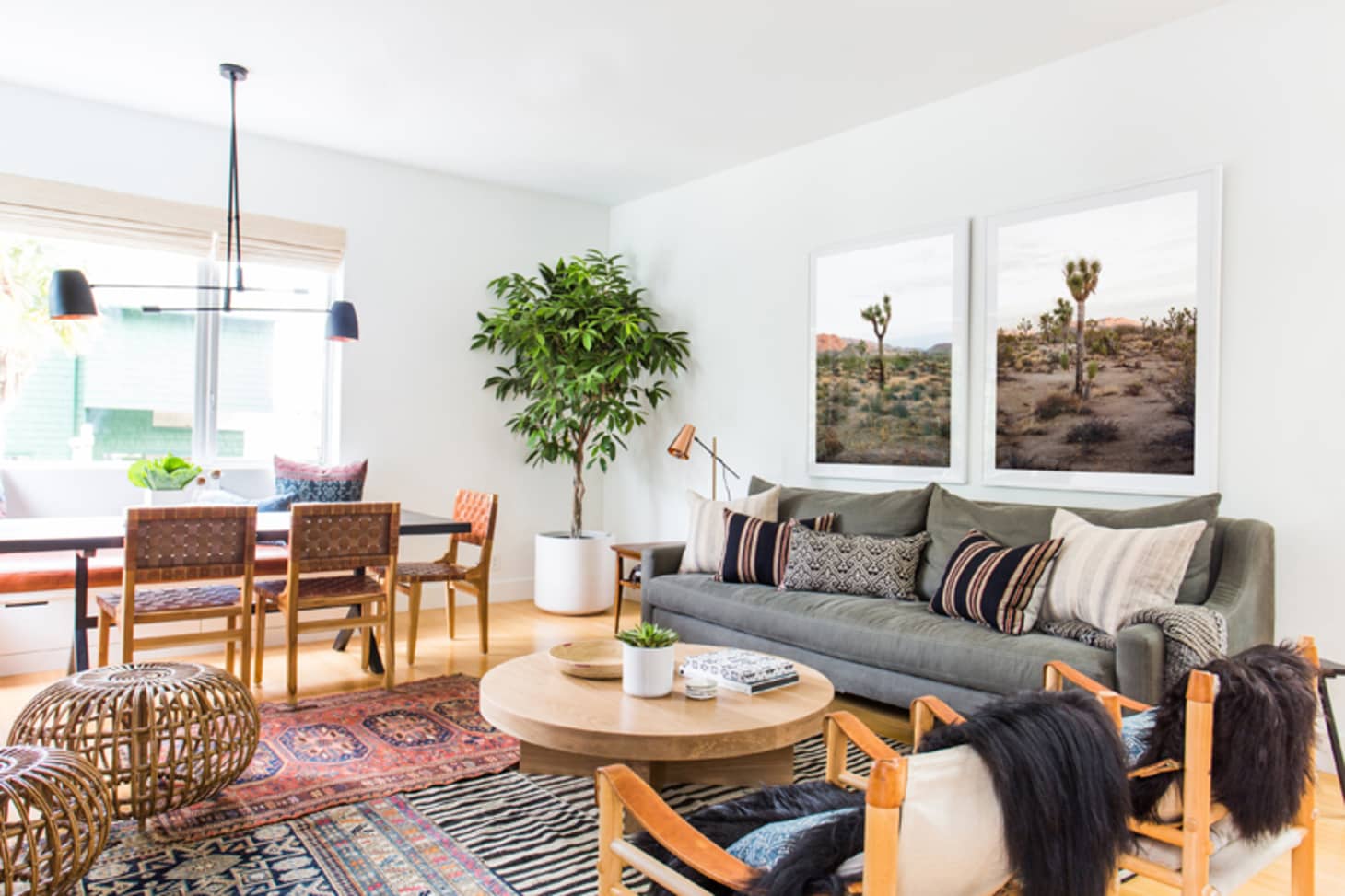
Bringing Depth and Coziness to Your Space
 Rugs are an essential element in interior design, and they can completely transform the look and feel of a room. In recent years, overlapping rugs have become a popular trend in the world of house design. This unique technique involves layering multiple rugs on top of each other, creating a visually dynamic and cozy space. Whether you are looking to add depth, texture, or color to your living room, overlapping rugs are a perfect choice. Let's dive into how you can use this trend to enhance your living room.
Rugs are an essential element in interior design, and they can completely transform the look and feel of a room. In recent years, overlapping rugs have become a popular trend in the world of house design. This unique technique involves layering multiple rugs on top of each other, creating a visually dynamic and cozy space. Whether you are looking to add depth, texture, or color to your living room, overlapping rugs are a perfect choice. Let's dive into how you can use this trend to enhance your living room.
Choosing the Right Rugs
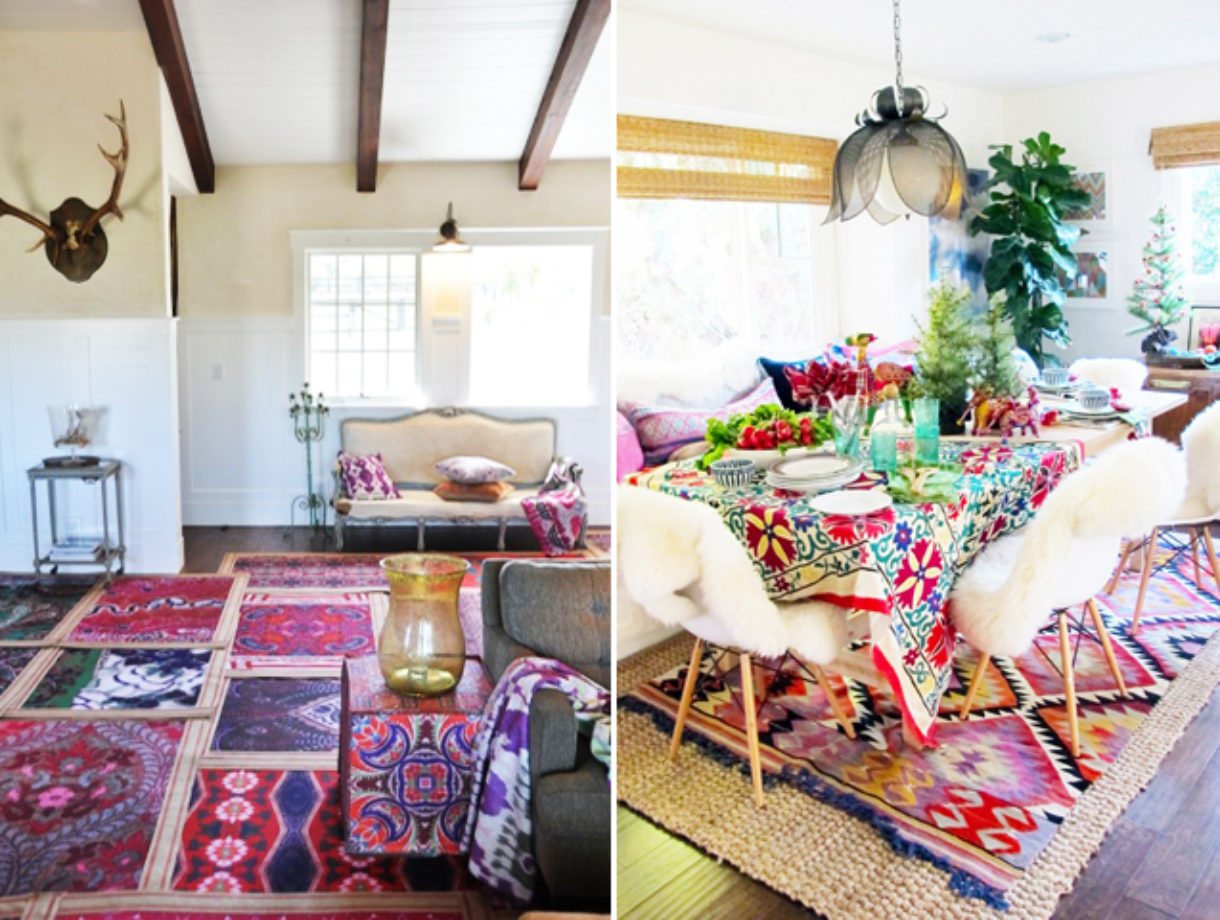 The key to achieving a successful overlapping rug look is to choose the right rugs. Start by selecting a larger, neutral rug as the base. This will serve as the foundation for your design and provide a cohesive base for the other rugs to layer on top. Next, choose a smaller rug in a complementary color or pattern to place on top of the base rug. This smaller rug should be slightly smaller in size to create a layered effect.
The key to achieving a successful overlapping rug look is to choose the right rugs. Start by selecting a larger, neutral rug as the base. This will serve as the foundation for your design and provide a cohesive base for the other rugs to layer on top. Next, choose a smaller rug in a complementary color or pattern to place on top of the base rug. This smaller rug should be slightly smaller in size to create a layered effect.
Creating Texture and Dimension
 One of the main reasons overlapping rugs have become so popular is their ability to add texture and dimension to a room. By layering different types of rugs, you can create a unique and interesting visual effect. For example, you can mix and match a plush, shaggy rug with a flat-woven rug to add depth and contrast. Additionally, overlapping rugs can help define different areas in an open-concept living room, such as a reading nook or a seating area.
One of the main reasons overlapping rugs have become so popular is their ability to add texture and dimension to a room. By layering different types of rugs, you can create a unique and interesting visual effect. For example, you can mix and match a plush, shaggy rug with a flat-woven rug to add depth and contrast. Additionally, overlapping rugs can help define different areas in an open-concept living room, such as a reading nook or a seating area.
Adding a Pop of Color
 Overlapping rugs are also an excellent way to add a pop of color to your living room. If you have a neutral-colored base rug, you can choose a smaller rug with a bold color or pattern to place on top. This will instantly draw the eye and add a touch of personality to your space. Alternatively, you can layer rugs in different shades of the same color to create a monochromatic look that is both stylish and cohesive.
Overlapping rugs are also an excellent way to add a pop of color to your living room. If you have a neutral-colored base rug, you can choose a smaller rug with a bold color or pattern to place on top. This will instantly draw the eye and add a touch of personality to your space. Alternatively, you can layer rugs in different shades of the same color to create a monochromatic look that is both stylish and cohesive.
Final Thoughts
 In conclusion, overlapping rugs are a fantastic way to elevate the design of your living room. By selecting the right rugs and layering them in a thoughtful way, you can add depth, texture, and color to your space. Remember to have fun and experiment with different rug combinations to find the perfect look for your living room. So why not give this trend a try and see how overlapping rugs can transform your space?
In conclusion, overlapping rugs are a fantastic way to elevate the design of your living room. By selecting the right rugs and layering them in a thoughtful way, you can add depth, texture, and color to your space. Remember to have fun and experiment with different rug combinations to find the perfect look for your living room. So why not give this trend a try and see how overlapping rugs can transform your space?

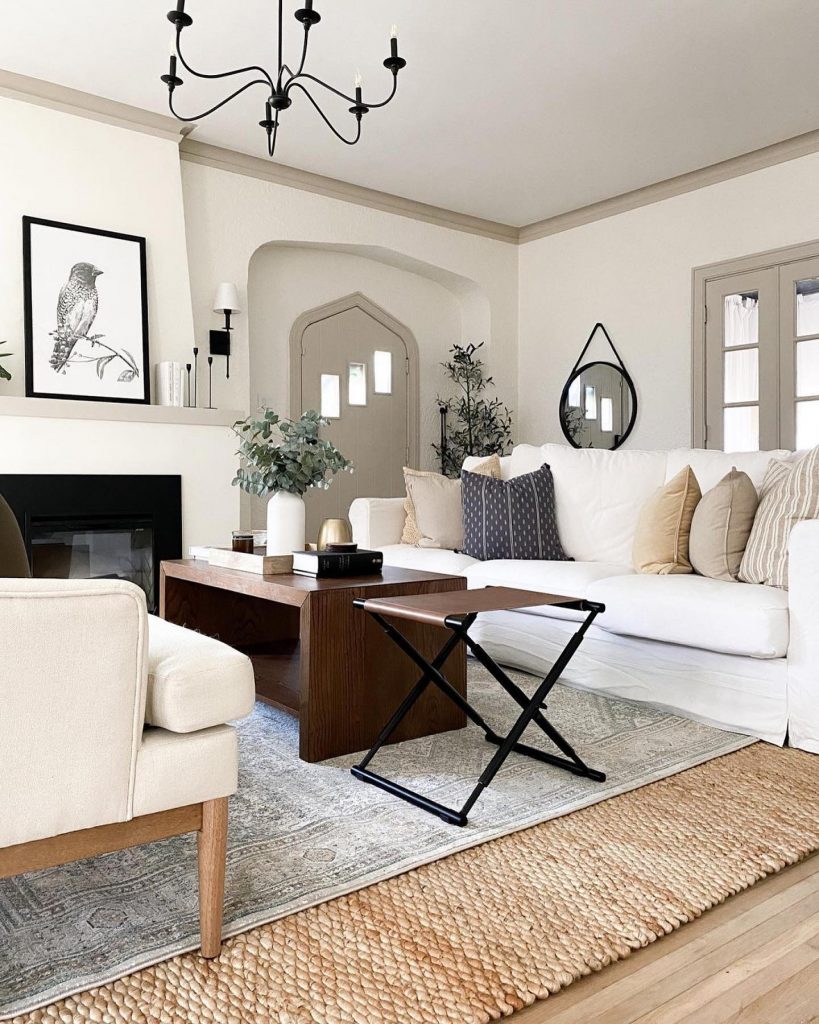




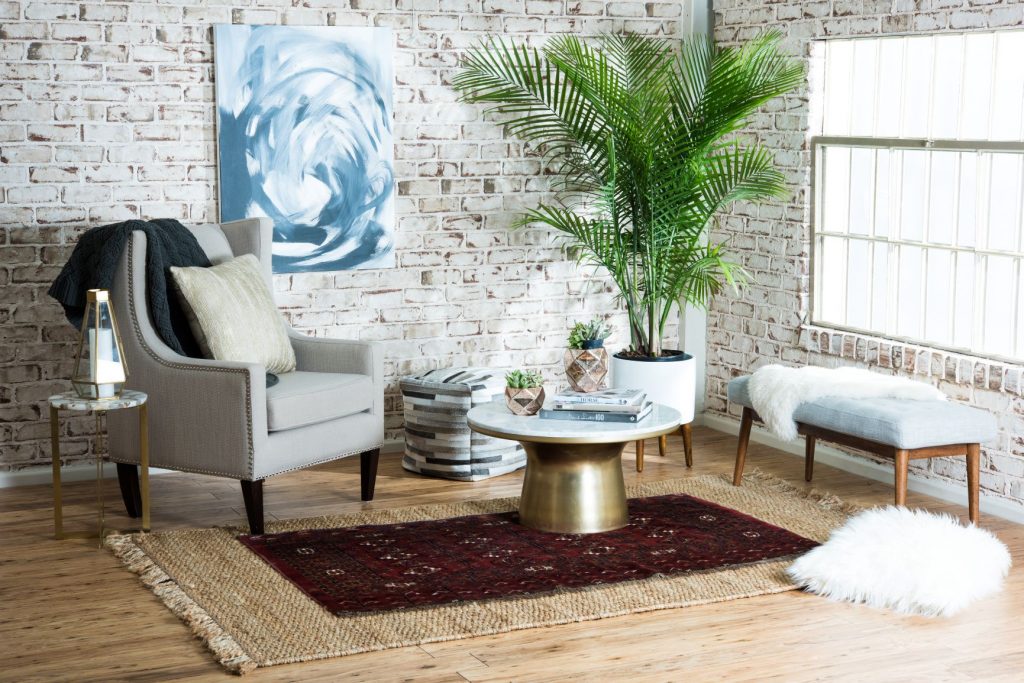




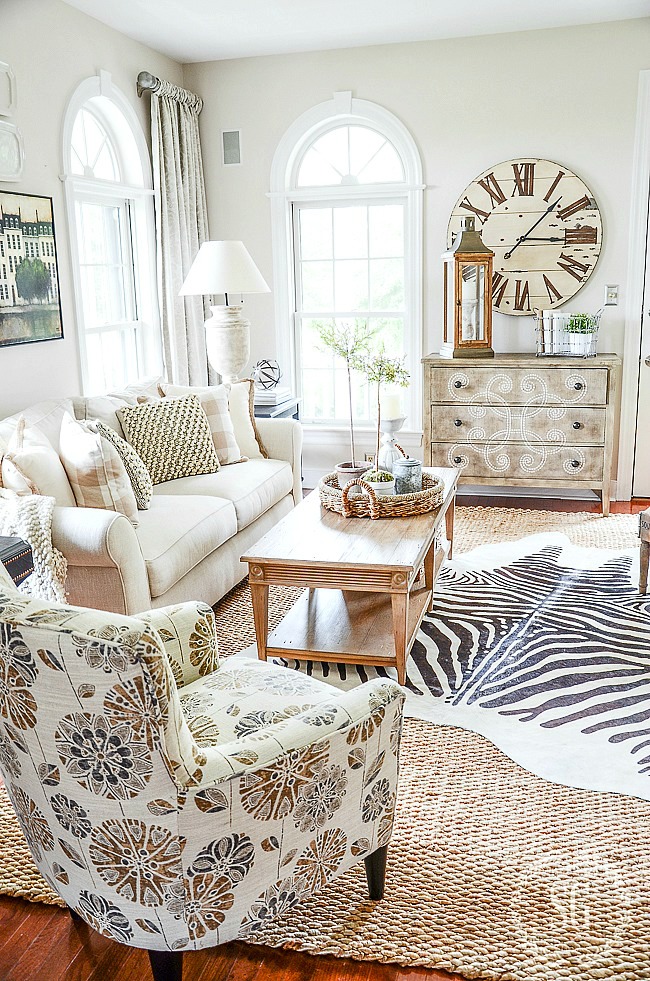
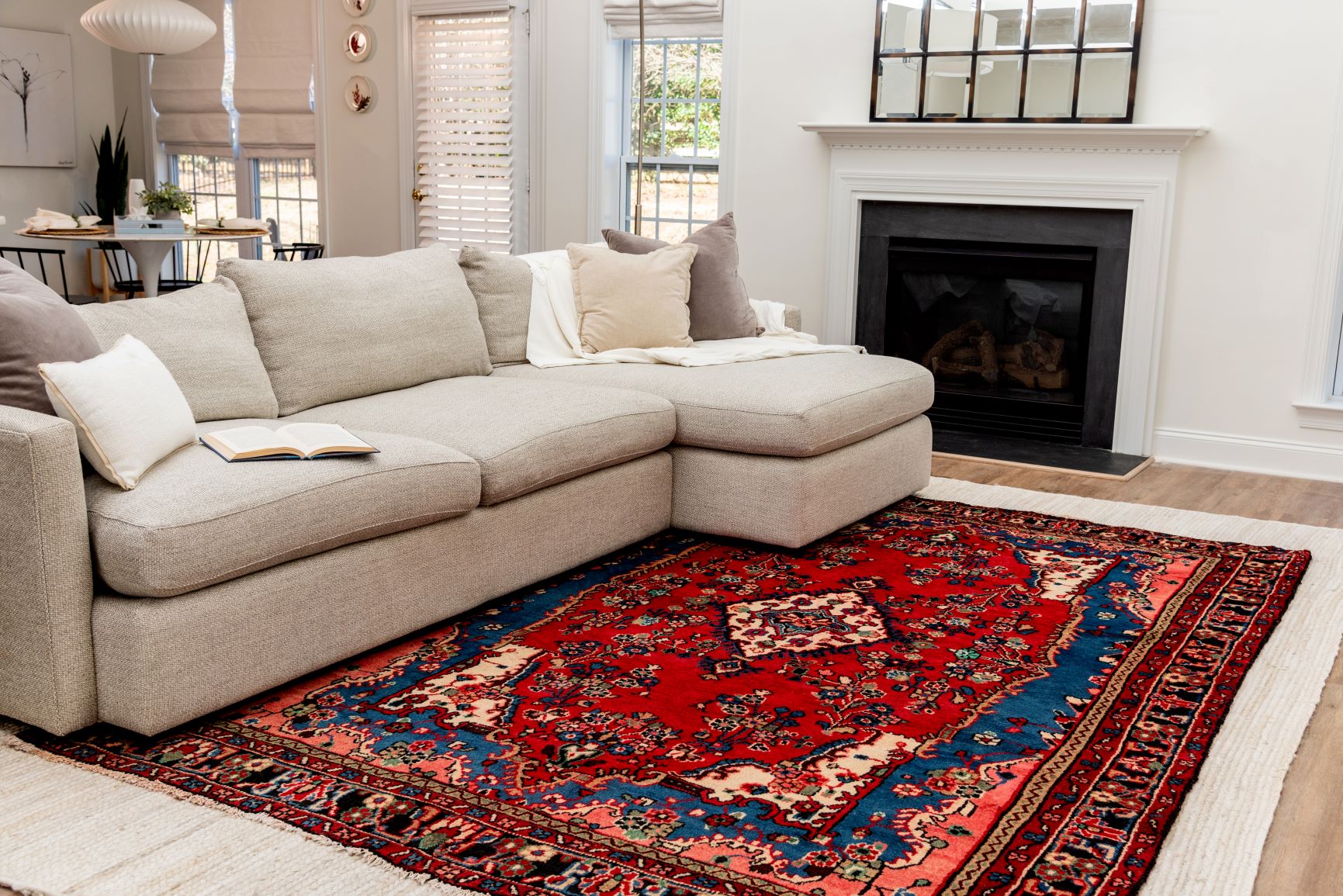

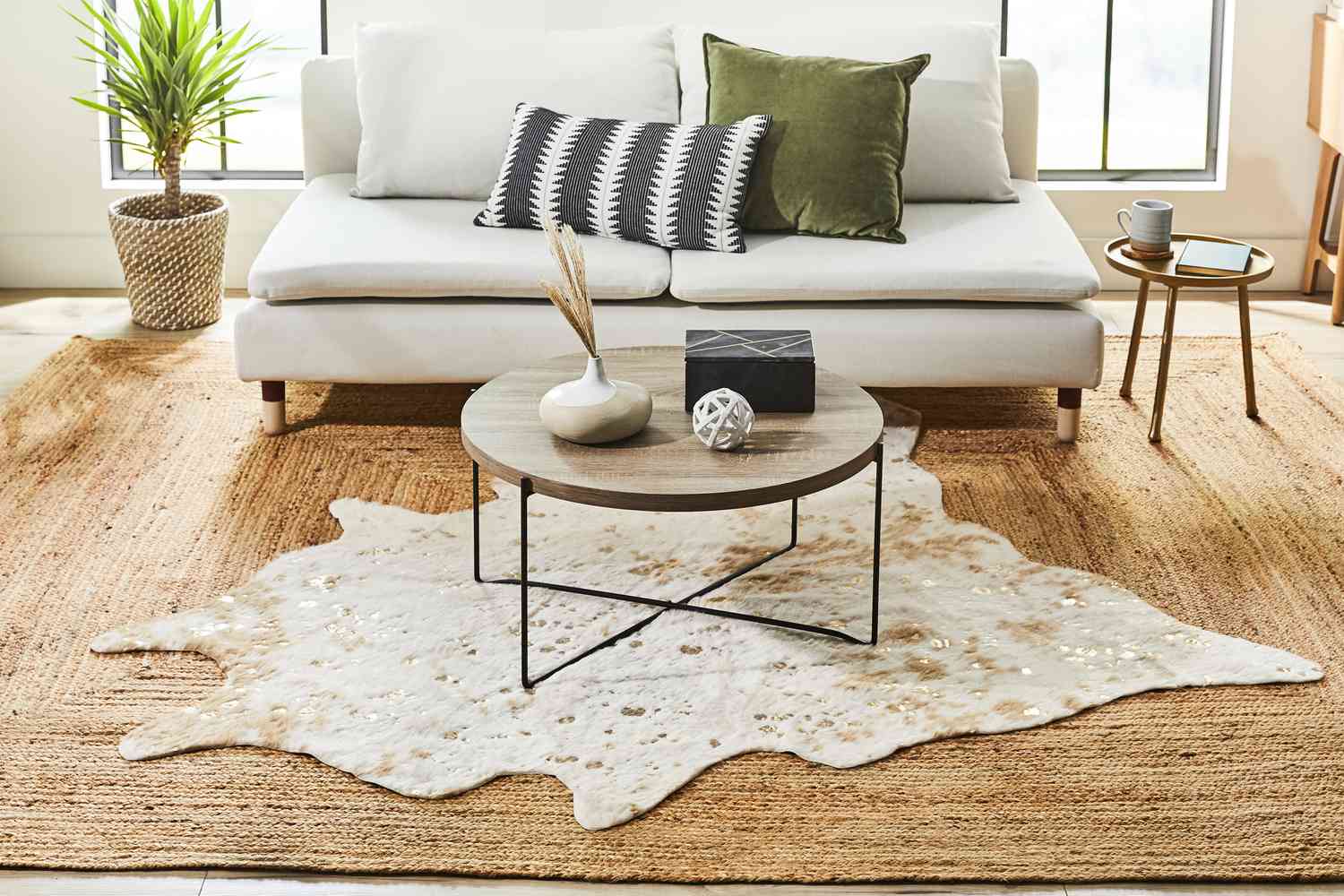
:max_bytes(150000):strip_icc()/things-to-think-about-when-layering-rugs-4092352-hero-29854f52ce2140608d27e9530a99eeb1.jpg)






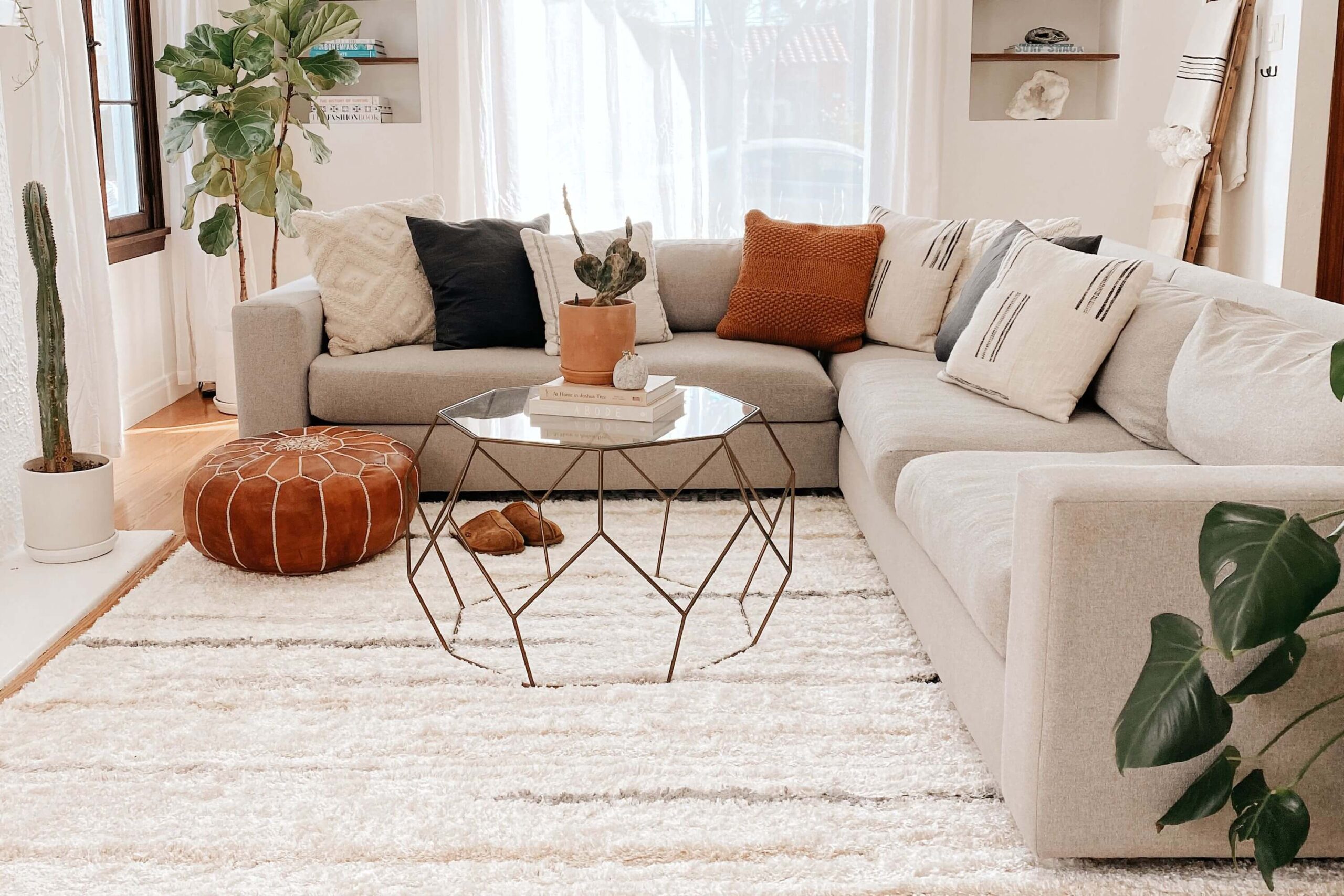


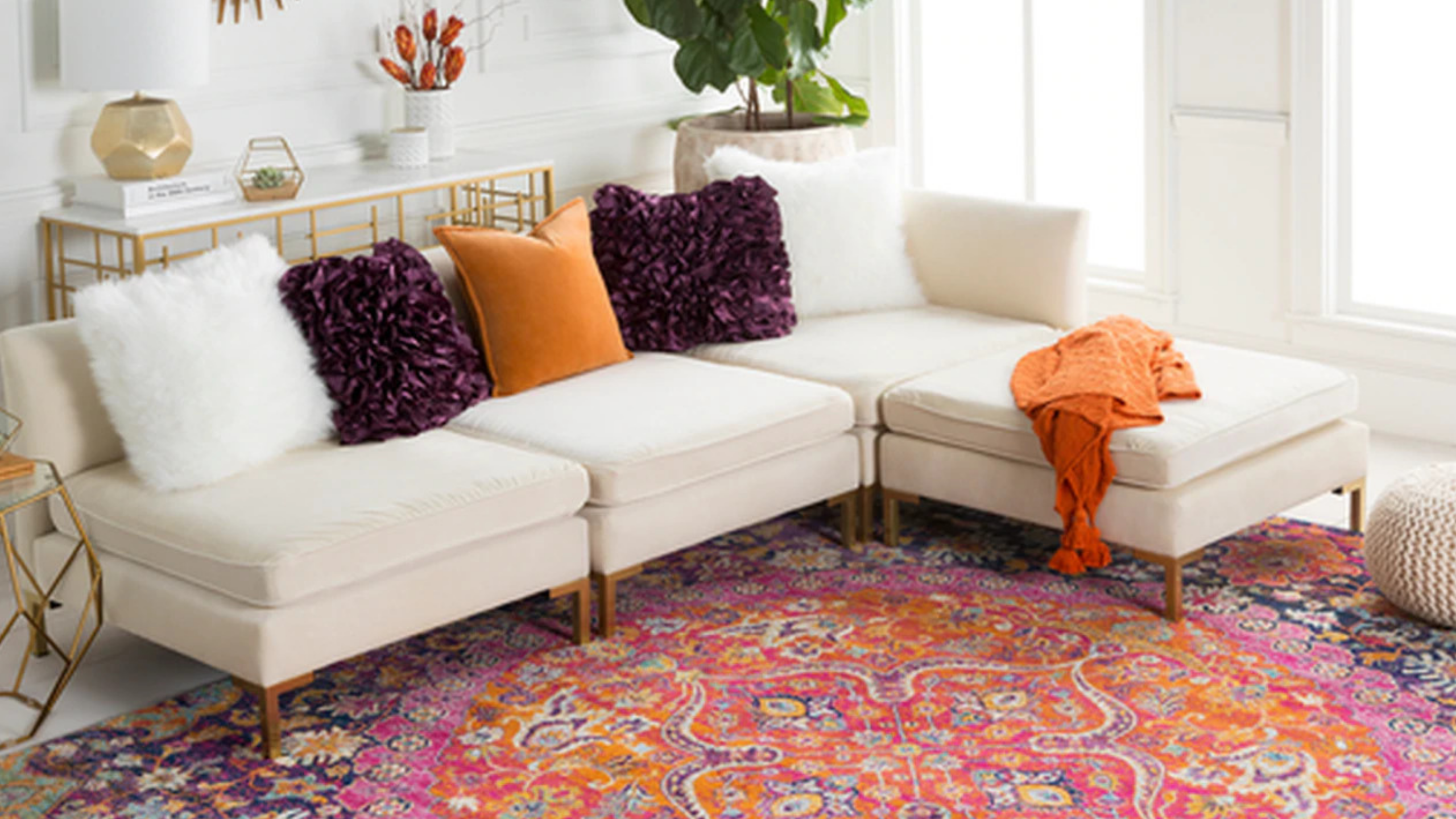
:max_bytes(150000):strip_icc()/things-to-think-about-when-layering-rugs-4092352-03-50a9d05d55cc4bd69e4cf876125ba98a.jpg)



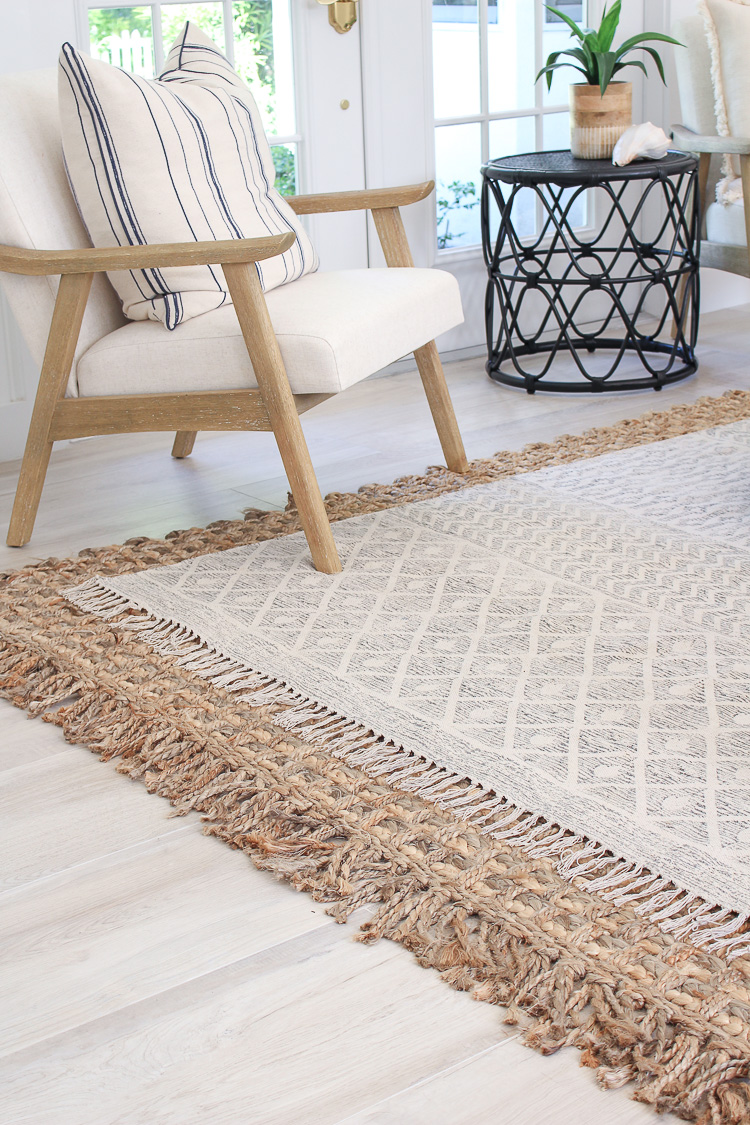

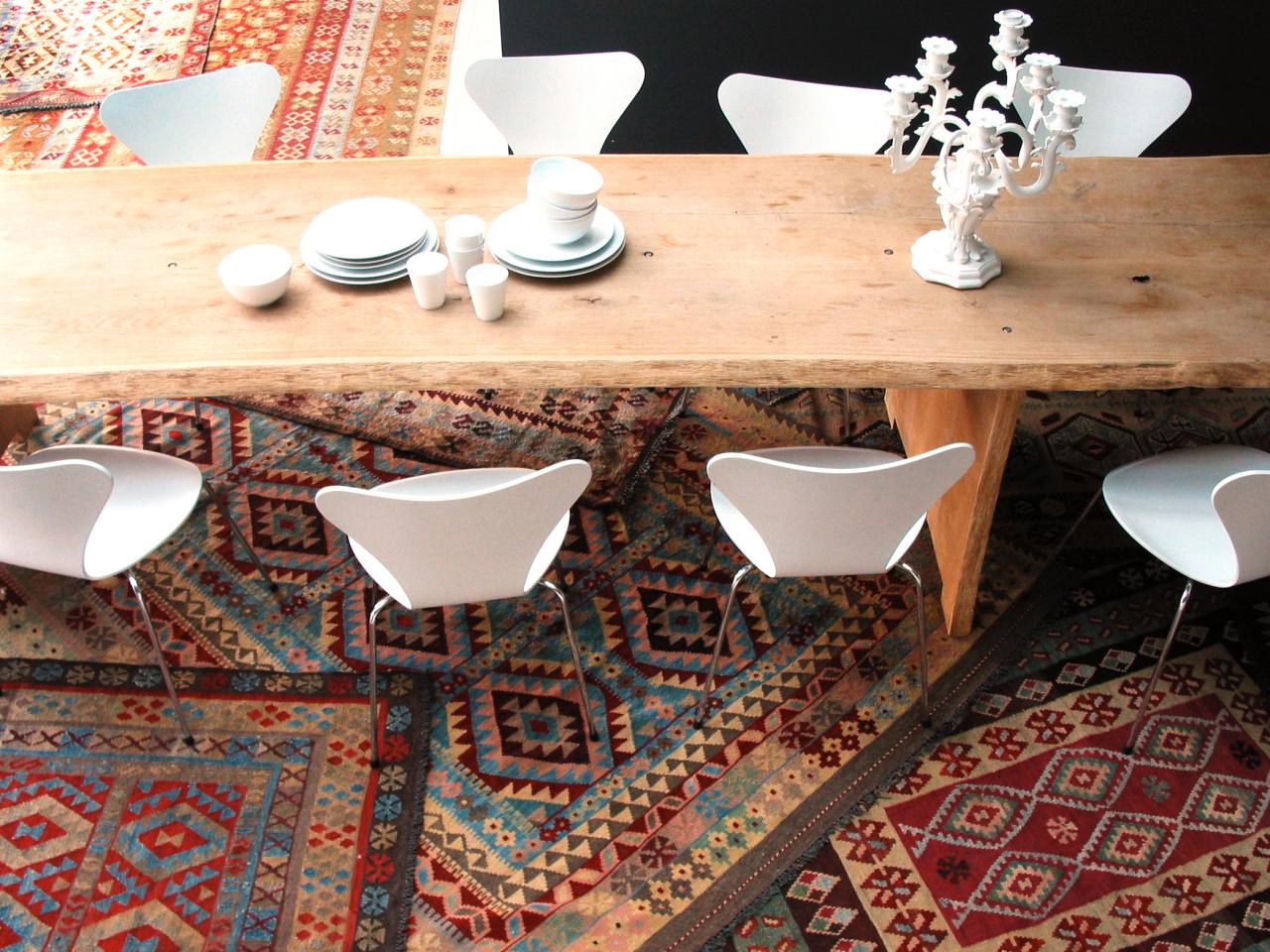
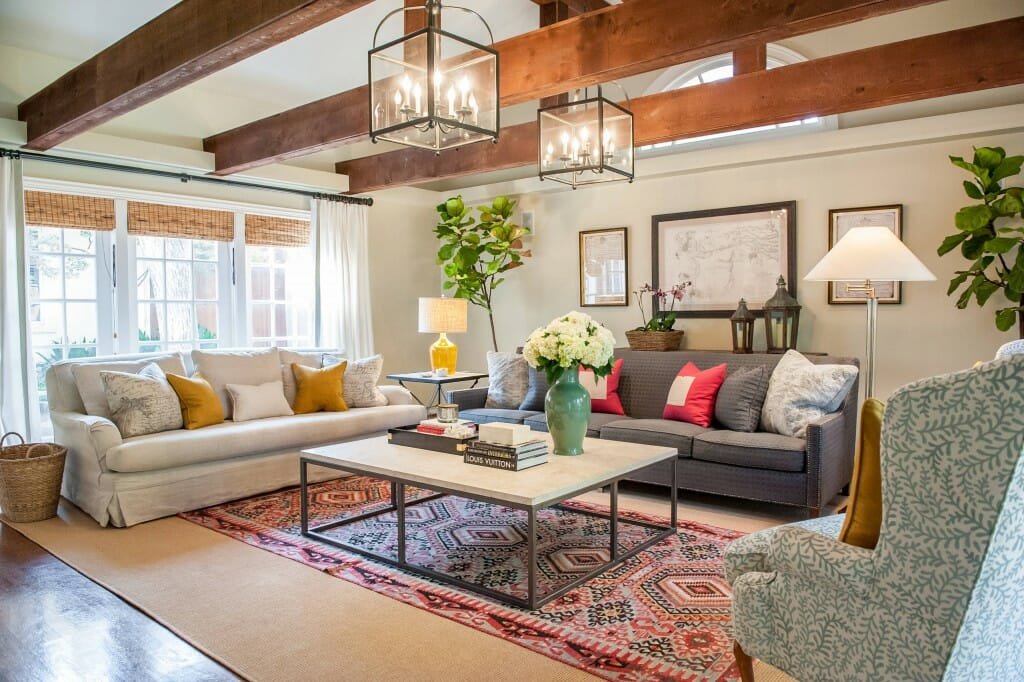

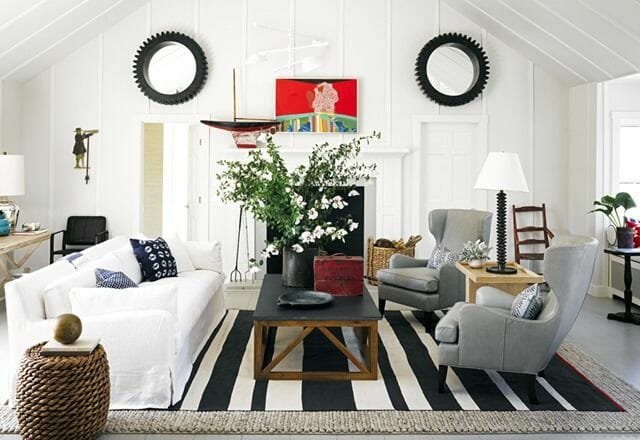


/GettyImages-560121127-6f2a4b00b4754dd6a999c24fed1f0c55.jpg)

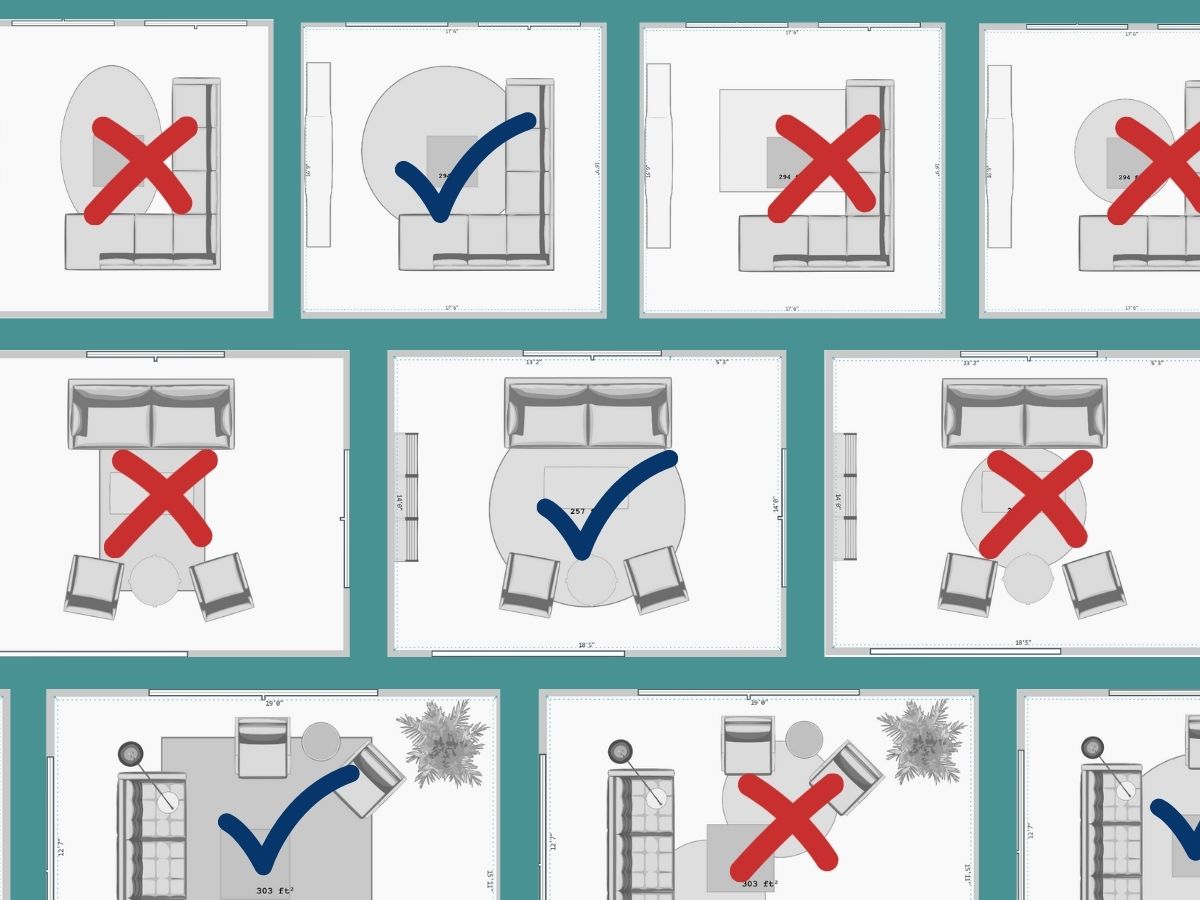






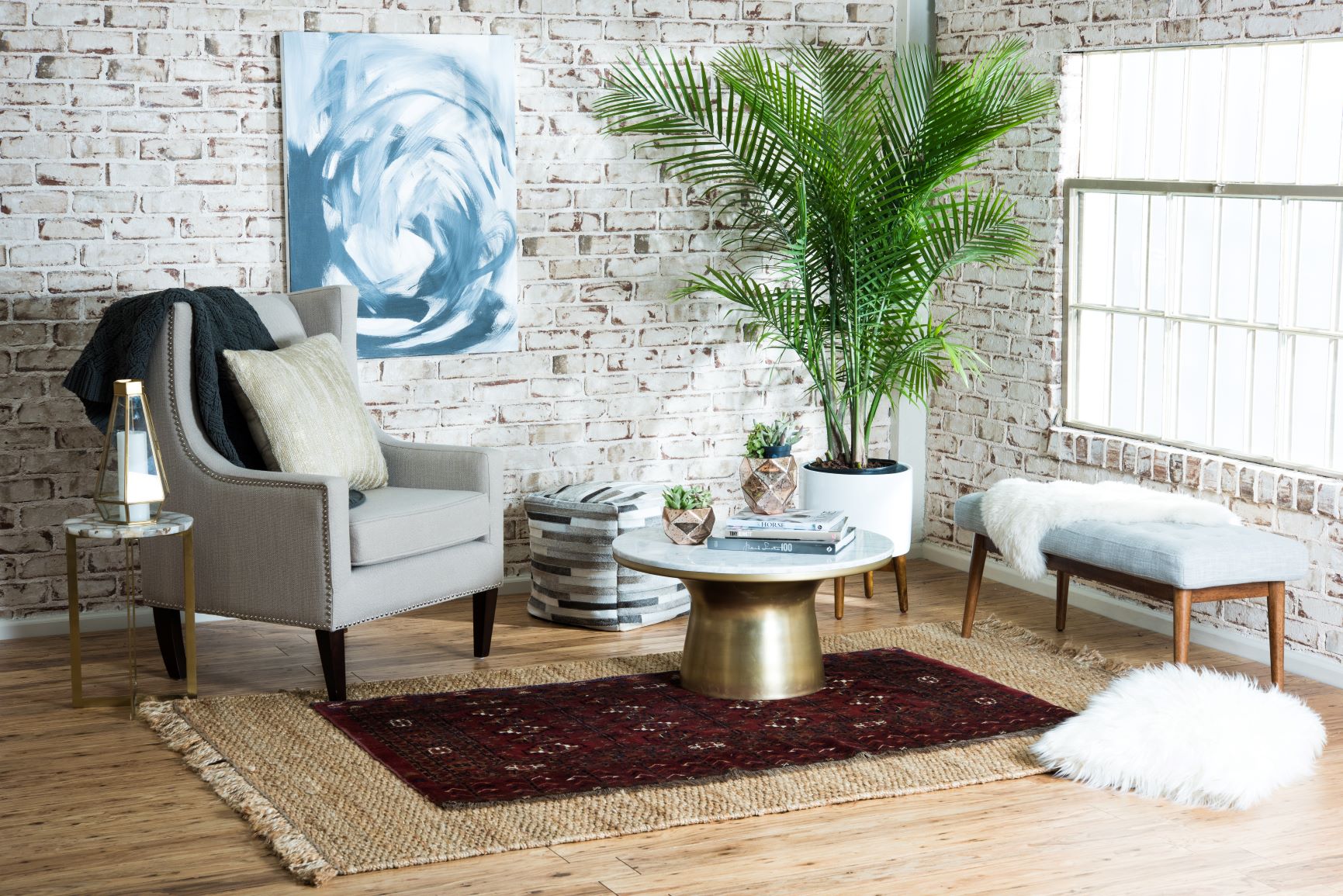
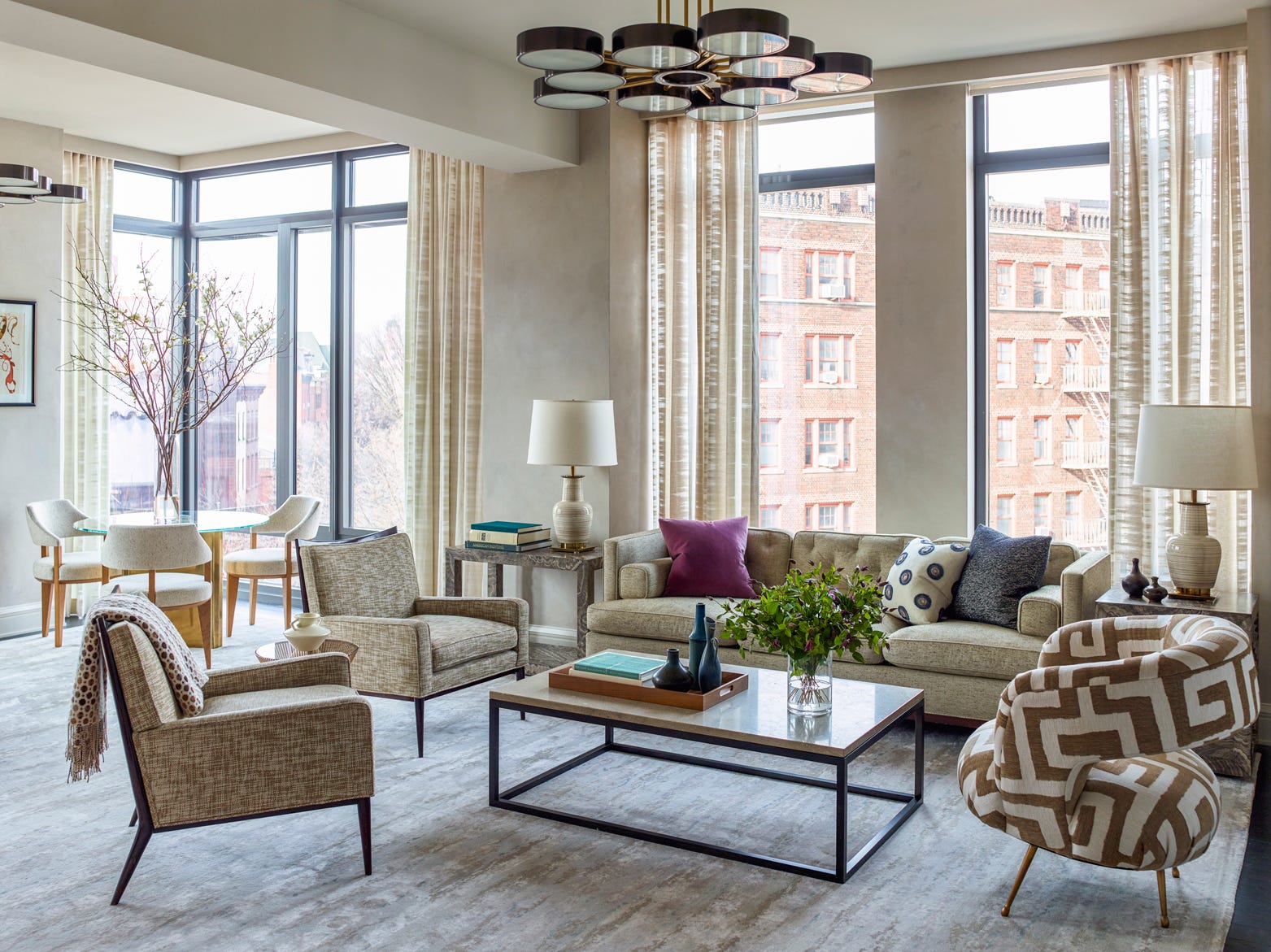

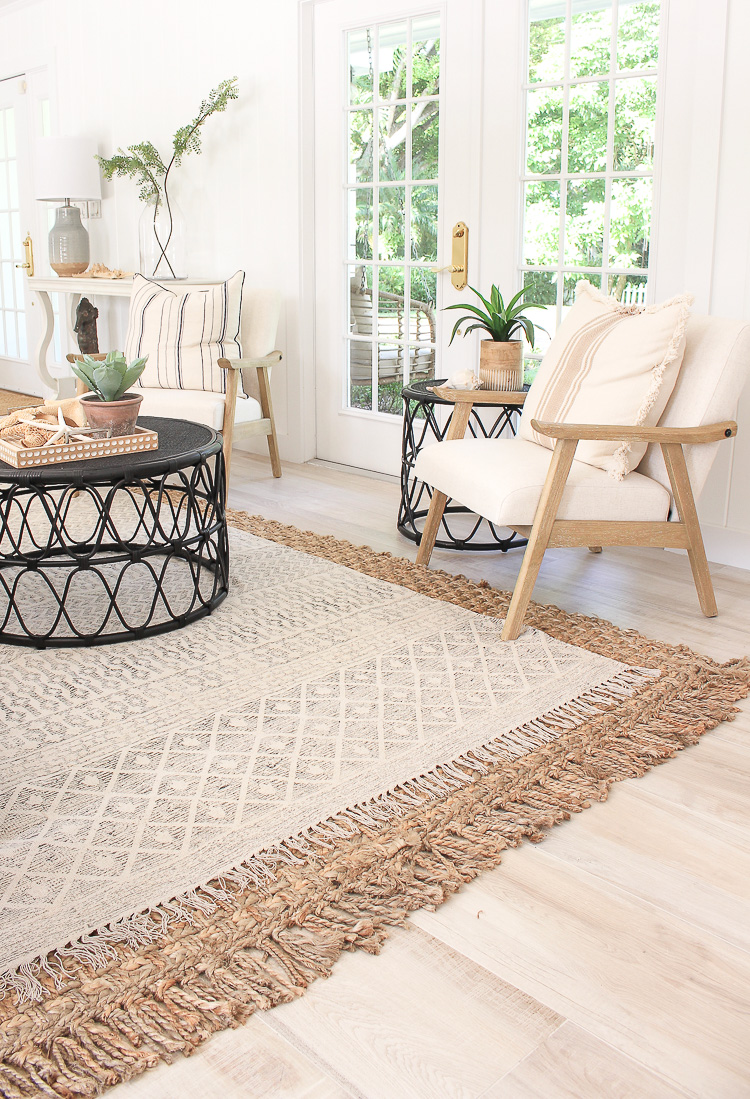


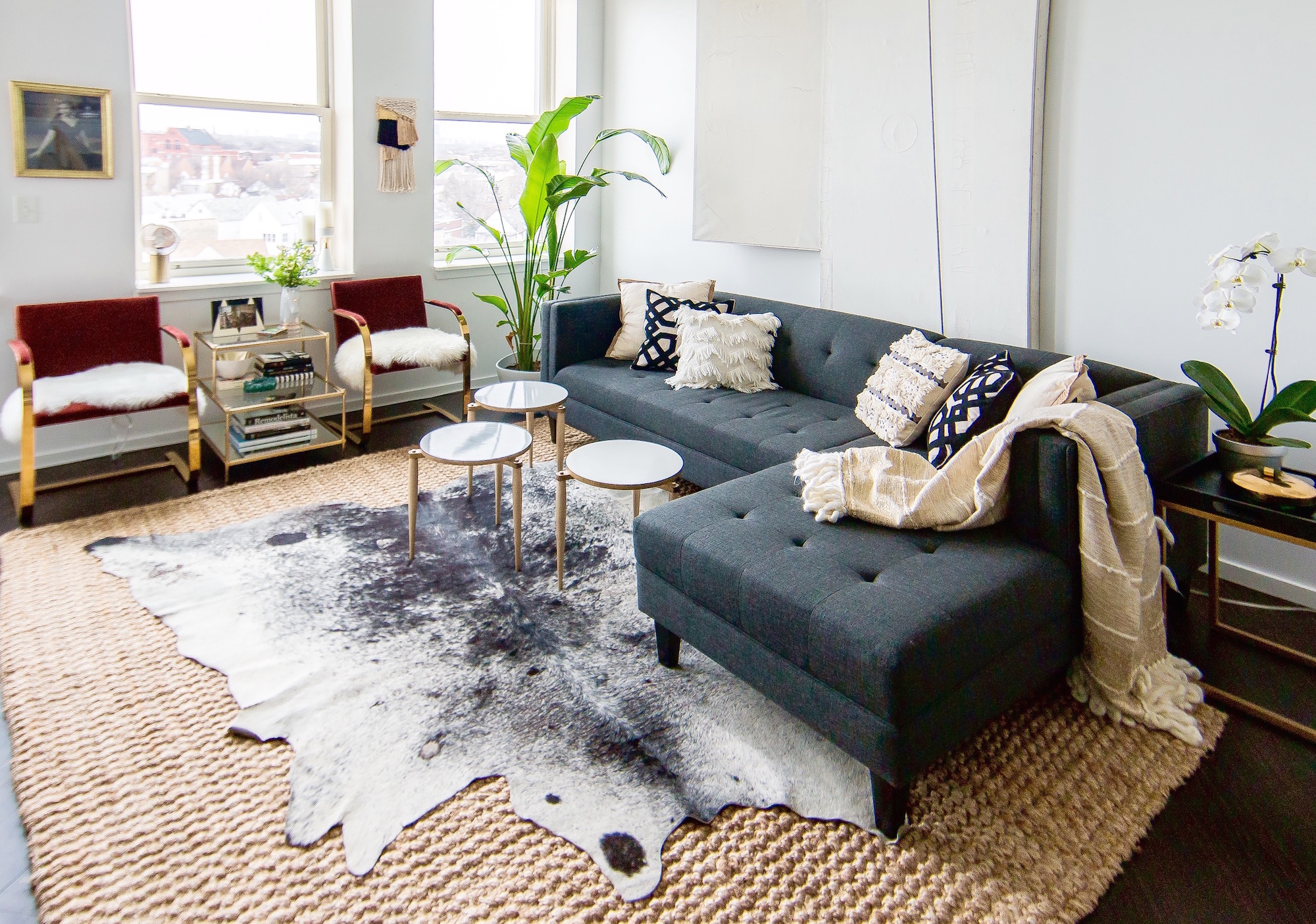
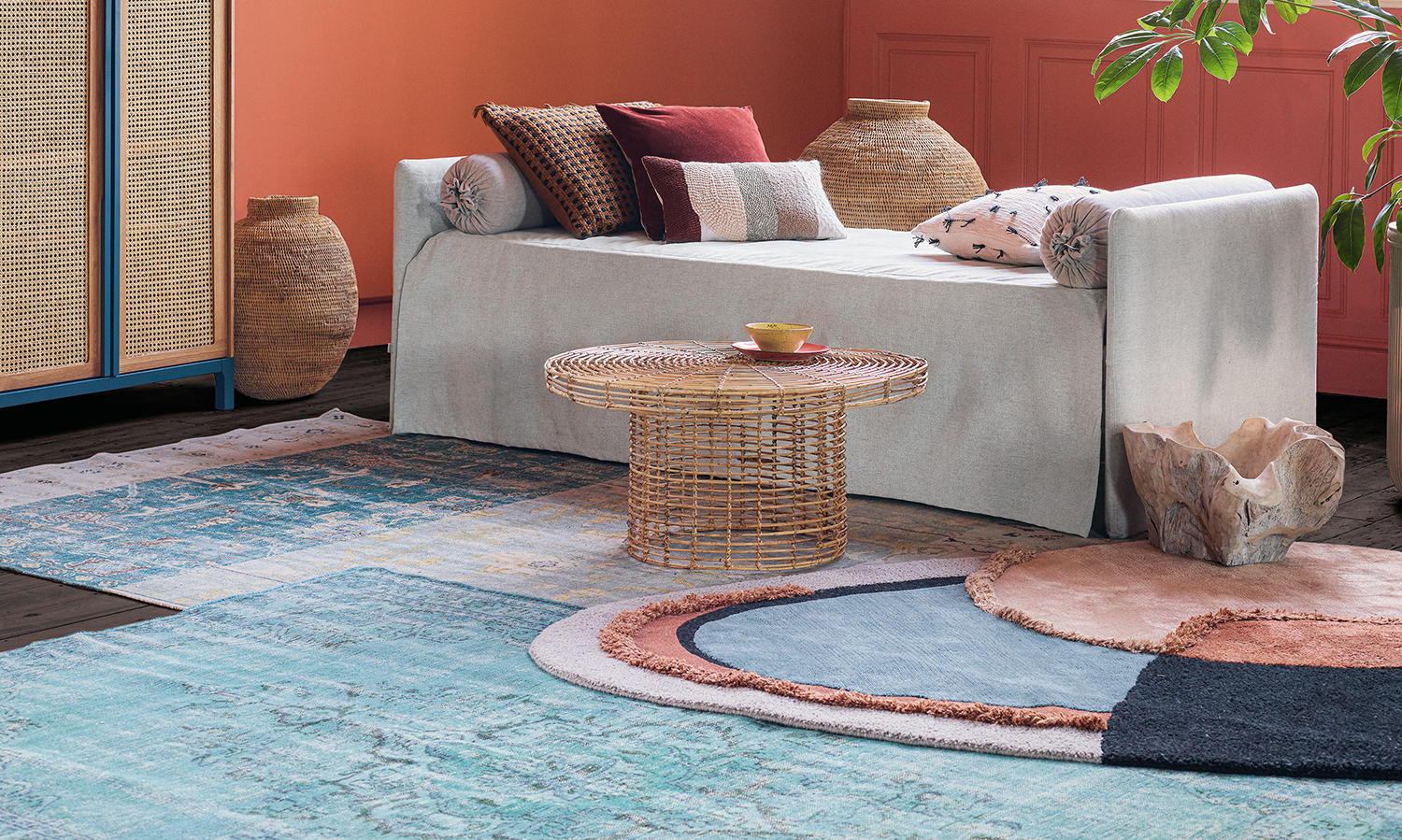



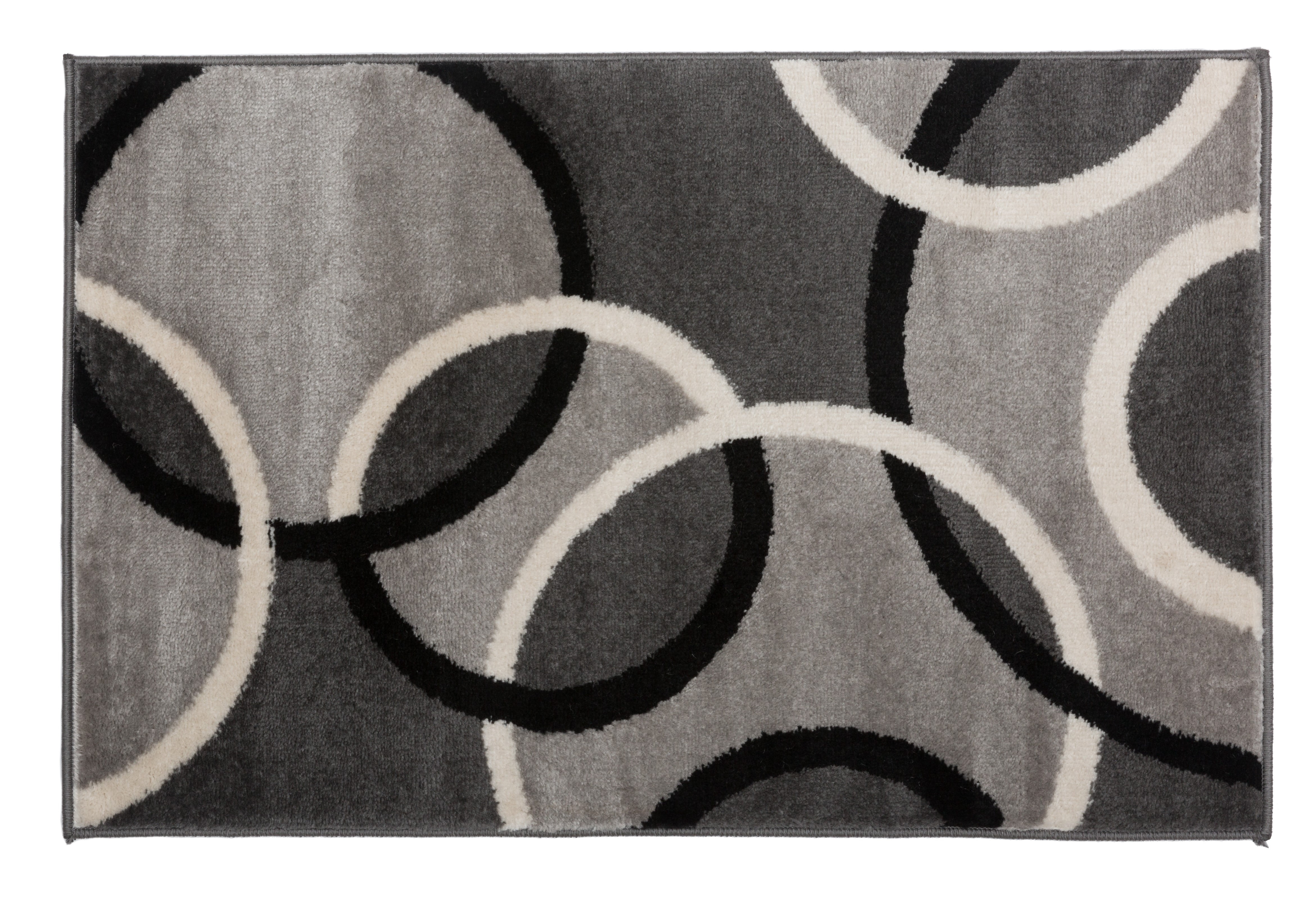






/AmyCooper-MarcellaAlanAfter1-5bef478326874b728b526bac19649802.jpg)

